Design Management (DM) encompasses business decisions, strategies and processes that enable product innovations. It is the foundation for both effective collaboration and gaining competitive advantage in the industry. This also applies in the high-tech space we are in, as having a sound underlying SoC data management for… Read More
 SkyWater Technology Update 2025SkyWater Technology, a U.S. based pure-play semiconductor foundry,…Read More
SkyWater Technology Update 2025SkyWater Technology, a U.S. based pure-play semiconductor foundry,…Read More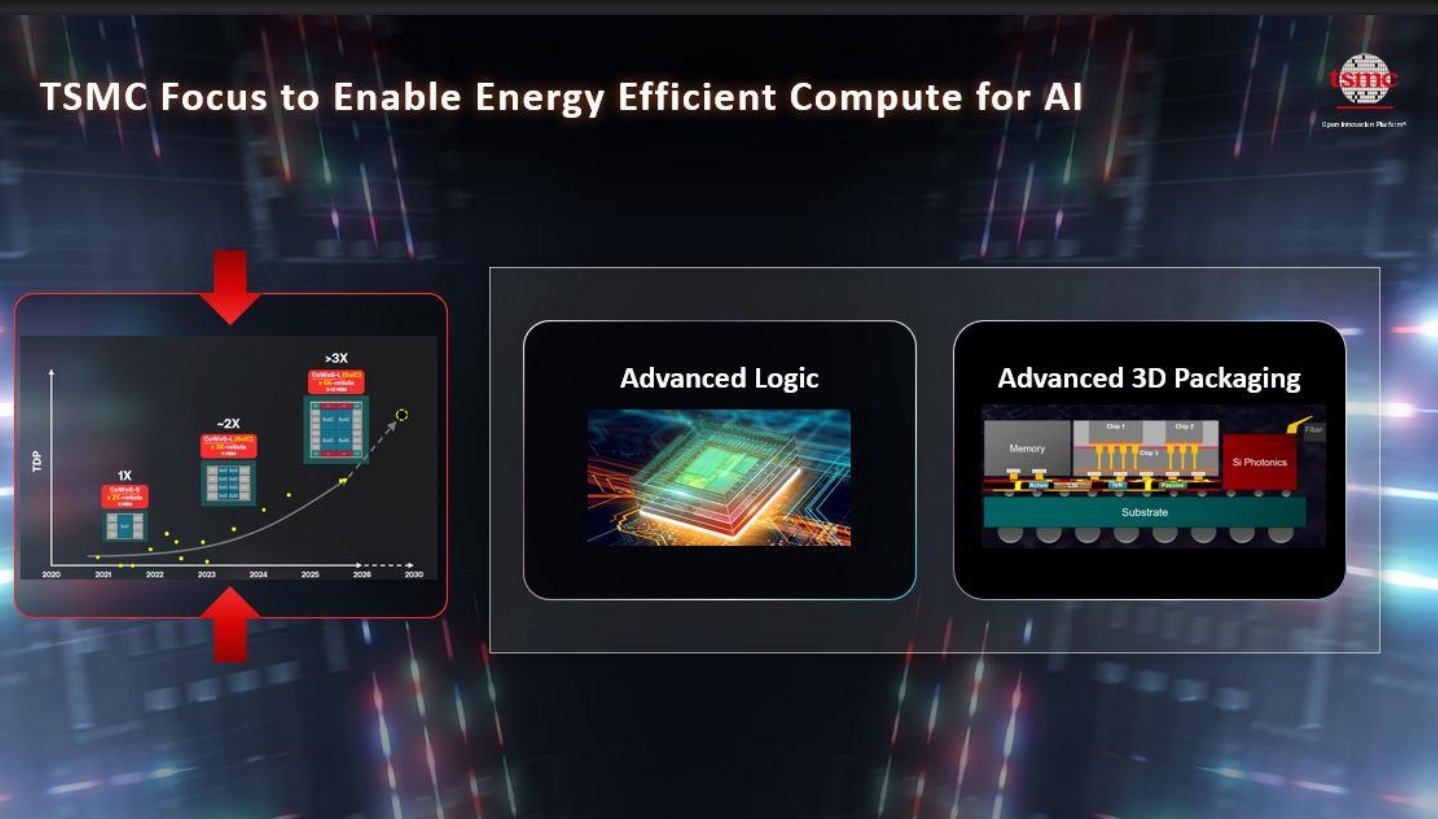 TSMC's Push for Energy-Efficient AI: Innovations in Logic and PackagingIn his keynote at the TSMC OIP Ecosystem…Read More
TSMC's Push for Energy-Efficient AI: Innovations in Logic and PackagingIn his keynote at the TSMC OIP Ecosystem…Read More Yuning Liang’s Painstaking Push to Make the RISC-V PC a RealityAt Embedded World 2025 in Nuremberg, Germany, on…Read More
Yuning Liang’s Painstaking Push to Make the RISC-V PC a RealityAt Embedded World 2025 in Nuremberg, Germany, on…Read More Arm Lumex Pushes Further into Standalone GenAI on MobileWhen I first heard about GenAI on mobile…Read More
Arm Lumex Pushes Further into Standalone GenAI on MobileWhen I first heard about GenAI on mobile…Read MoreHighly Modular, AI Specialized, DNA 100 IP Core Target IoT to ADAS
The Cadence Tensilica DNA100 DSP IP core is not a one-size-fits-all device. But it’s highly modular in order to support AI processing at the edge, delivering from 0.5 TMAC for on-device IoT up to 10s or 100 TMACs to support autonomous vehicle (ADAS). If you remember the first talks about IoT and Cloud, a couple of years ago, the IoT … Read More
More Negative Semiconductor News
The amount of negative news and information about the semiconductor industry seems to be increasing at a faster rate. Micron put up a better quarter than expected but more importantly guided less than expected. We are surprised that the street is surprised as the decline in memory pricing is well known and Micron has been clear about… Read More
Neural Network Efficiency with Embedded FPGA’s
The traditional metrics for evaluating IP are performance, power, and area, commonly abbreviated as PPA. Viewed independently, PPA measures can be difficult to assess. As an example, design constraints that are purely based on performance, without concern for the associated power dissipation and circuit area, are increasingly… Read More
Systems Design vs Integrated Circuit Design
This is the sixteenth in the series of “20 Questions with Wally Rhines”
Electronic design automation (EDA) began and grew with the integrated circuit (IC) design business probably because IC design grew in complexity faster than printed circuit boards. The race for superiority in PCB design evolved in parallel,… Read More
Apogee Pipelining in Real Time
Pipelining exploits parallelism of sub-processes with intent to achieve a performance gain that otherwise is not possible. A design technique initially embraced at the CPU micro-architectural level, it is achieved by overlapping the execution of previously segregated processor instructions –commonly referred … Read More
Supporting ASIL-D Through Your Network on Chip
The ISO 26262 standard defines four Automotive Safety Integrity Levels (ASILs), from A to D, technically measures of risk rather than safety mechanisms, of which ASIL-D is the highest. ASIL-D represents a failure potentially causing severe or fatal injury in a reasonably common situation over which the driver has little control.… Read More
Semiconductor IP Reality Check
A robust, proven library of IP is a critical enabler for the entire semiconductor ecosystem. Without it, ASIC design is pretty much impossible, given time-to-market pressures. Said another way, designing IP for your next chip simply doesn’t fit the schedule – most teams have barely enough time to integrate and validate pre-existing… Read More
Integrated Power Management IP to Decrease Power and Cost
This blog is the synthesis of a white paper “New Power Management IP Solution from Dolphin Integration can dramatically increase SoC Energy Efficiency”, which can be found on Dolphin Integration web site.
The power consumption generated by complex chips was not a real issue when the system could be simply plugged in the wall to … Read More
Beyond DRC and LVS, why Reliability Verification is used by Foundries
Reliability of ICs isn’t a new thing, because back in 1980 I was investigating why a DRAM chip using 6um technology was having yield loss due to electromigration effects. I recall looking through a microscope at a DRAM layout and slowly ramping up the Vdd level then suddenly the shiny aluminum interconnect started to change… Read More



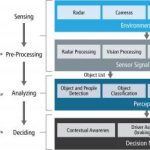
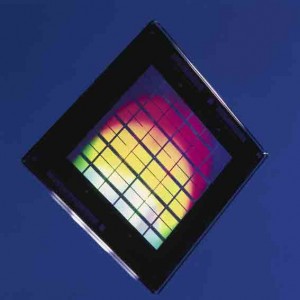


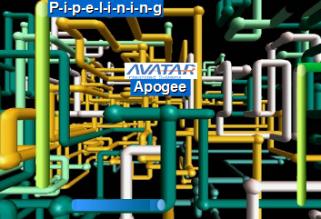
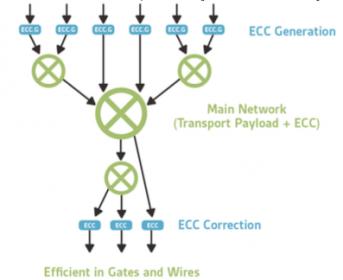

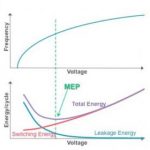
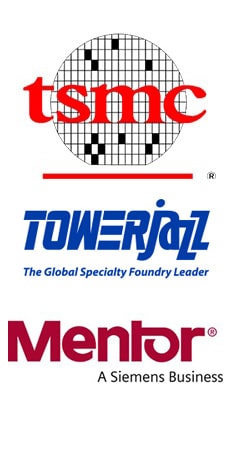
Semiconductor Equipment Spending Healthy